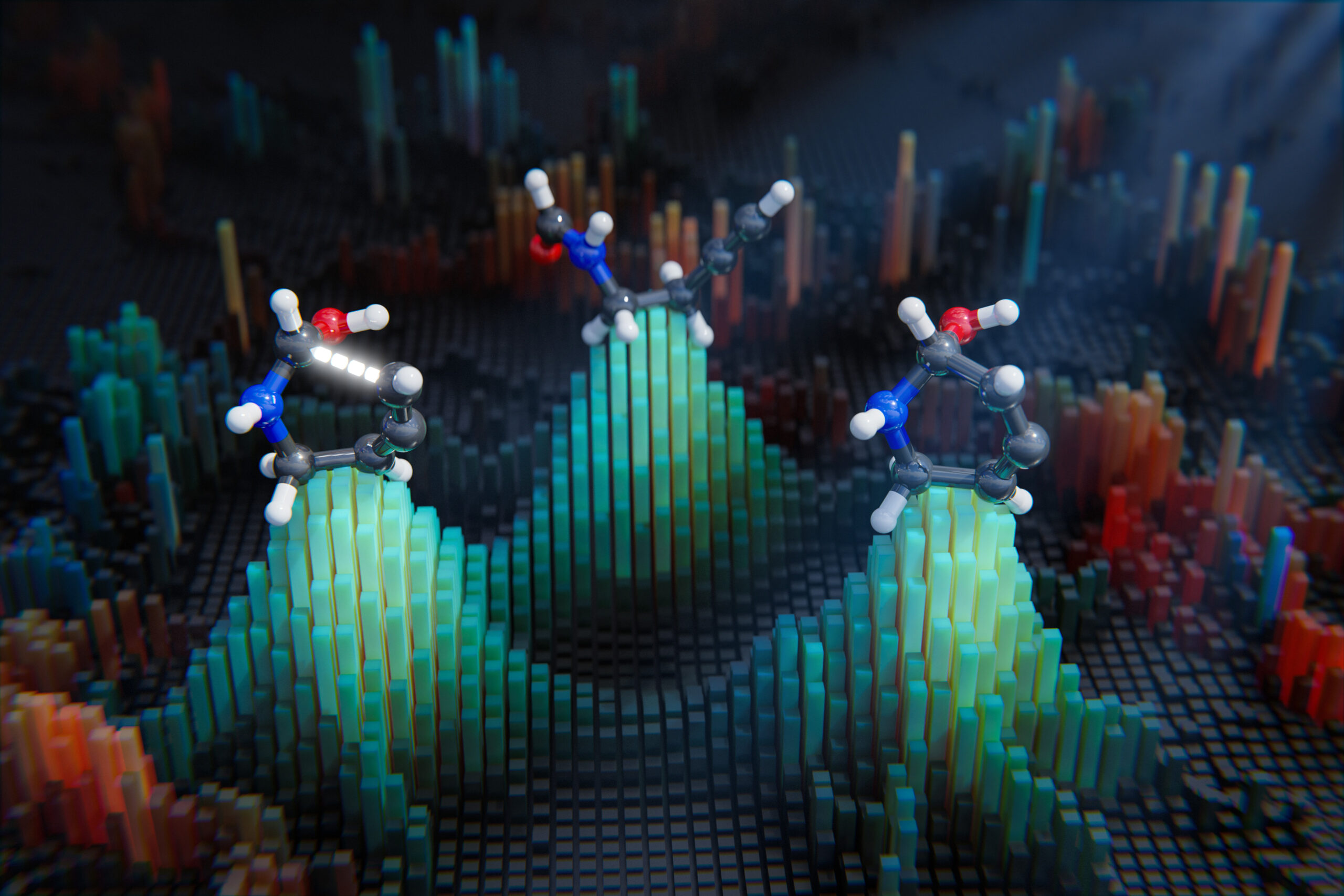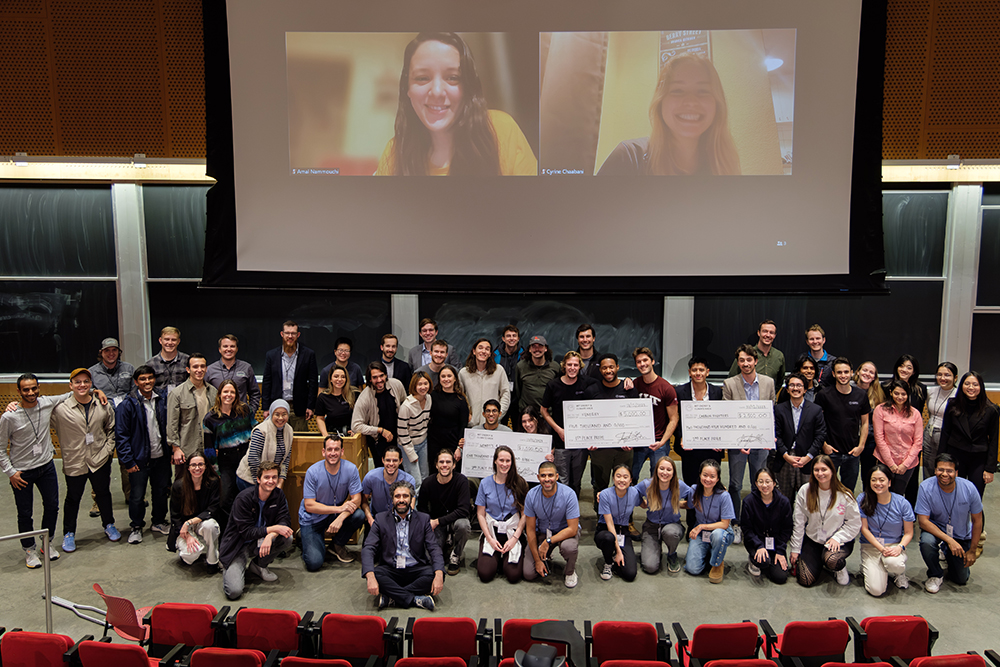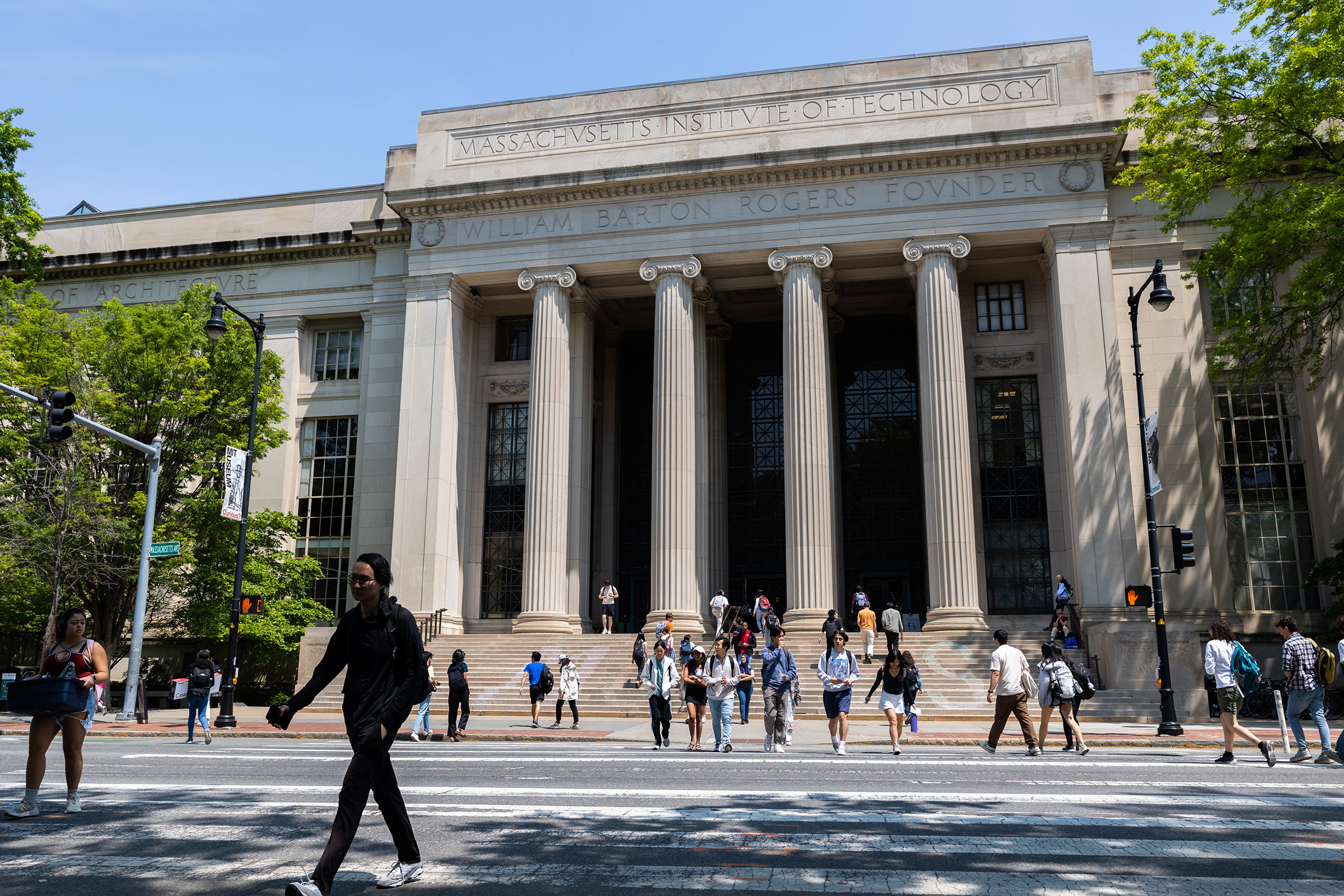MIT

Computational model captures the elusive transition states of chemical reactions | MIT News
During a chemical reaction, molecules gain energy until they reach what’s known as the transition state — a point of no return from which the reaction must proceed. This state is so fleeting that it’s nearly impossible to observe it experimentally. The structures of these transition states can be calculated using techniques based on quantum…

AI meets climate: MIT Energy and Climate Hack 2023 | MIT News
The MIT Energy and Climate Hack brought together participants from myriad fields and disciplines to develop rapid, innovative solutions to one of the most complex challenges facing society today: the global energy and climate crisis. Hundreds of students from MIT and colleges across the globe convened on MIT’s campus and virtually for this year’s event, which…

Three MIT students selected as inaugural MIT-Pillar AI Collective Fellows | MIT News
MIT-Pillar AI Collective has announced three inaugural fellows for the fall 2023 semester. With support from the program, the graduate students, who are in their final year of a master’s or PhD program, will conduct research in the areas of artificial intelligence, machine learning, and data science with the aim of commercializing their innovations. Launched…

Deep neural networks show promise as models of human hearing | MIT News
Computational models that mimic the structure and function of the human auditory system could help researchers design better hearing aids, cochlear implants, and brain-machine interfaces. A new study from MIT has found that modern computational models derived from machine learning are moving closer to this goal. In the largest study yet of deep neural networks…

Closing the design-to-manufacturing gap for optical devices | MIT News
Photolithography involves manipulating light to precisely etch features onto a surface, and is commonly used to fabricate computer chips and optical devices like lenses. But tiny deviations during the manufacturing process often cause these devices to fall short of their designers’ intentions. To help close this design-to-manufacturing gap, researchers from MIT and the Chinese University…

A computer scientist pushes the boundaries of geometry | MIT News
More than 2,000 years ago, the Greek mathematician Euclid, known to many as the father of geometry, changed the way we think about shapes. Building off those ancient foundations and millennia of mathematical progress since, Justin Solomon is using modern geometric techniques to solve thorny problems that often seem to have nothing to do with…
MIT Generative AI Week fosters dialogue across disciplines | MIT News
In late November, faculty, staff, and students from across MIT participated in MIT Generative AI Week. The programming included a flagship full-day symposium as well as four subject-specific symposia, all aimed at fostering a dialogue about the opportunities and potential applications of generative artificial intelligence technologies across a diverse range of disciplines. “These events are…

MIT publishes white papers to guide AI governance
A committee of MIT leaders and scholars has published a series of white papers aiming to shape the future of AI governance in the US. The comprehensive framework outlined in these papers seeks to extend existing regulatory and liability approaches to effectively oversee AI while fostering its benefits and mitigating potential harm. Titled “A Framework…

MIT group releases white papers on governance of AI | MIT News
Providing a resource for U.S. policymakers, a committee of MIT leaders and scholars has released a set of policy briefs that outlines a framework for the governance of artificial intelligence. The approach includes extending current regulatory and liability approaches in pursuit of a practical way to oversee AI. The aim of the papers is to…

AI models are powerful, but are they biologically plausible? | MIT News
Artificial neural networks, ubiquitous machine-learning models that can be trained to complete many tasks, are so called because their architecture is inspired by the way biological neurons process information in the human brain. About six years ago, scientists discovered a new type of more powerful neural network model known as a transformer. These models can…